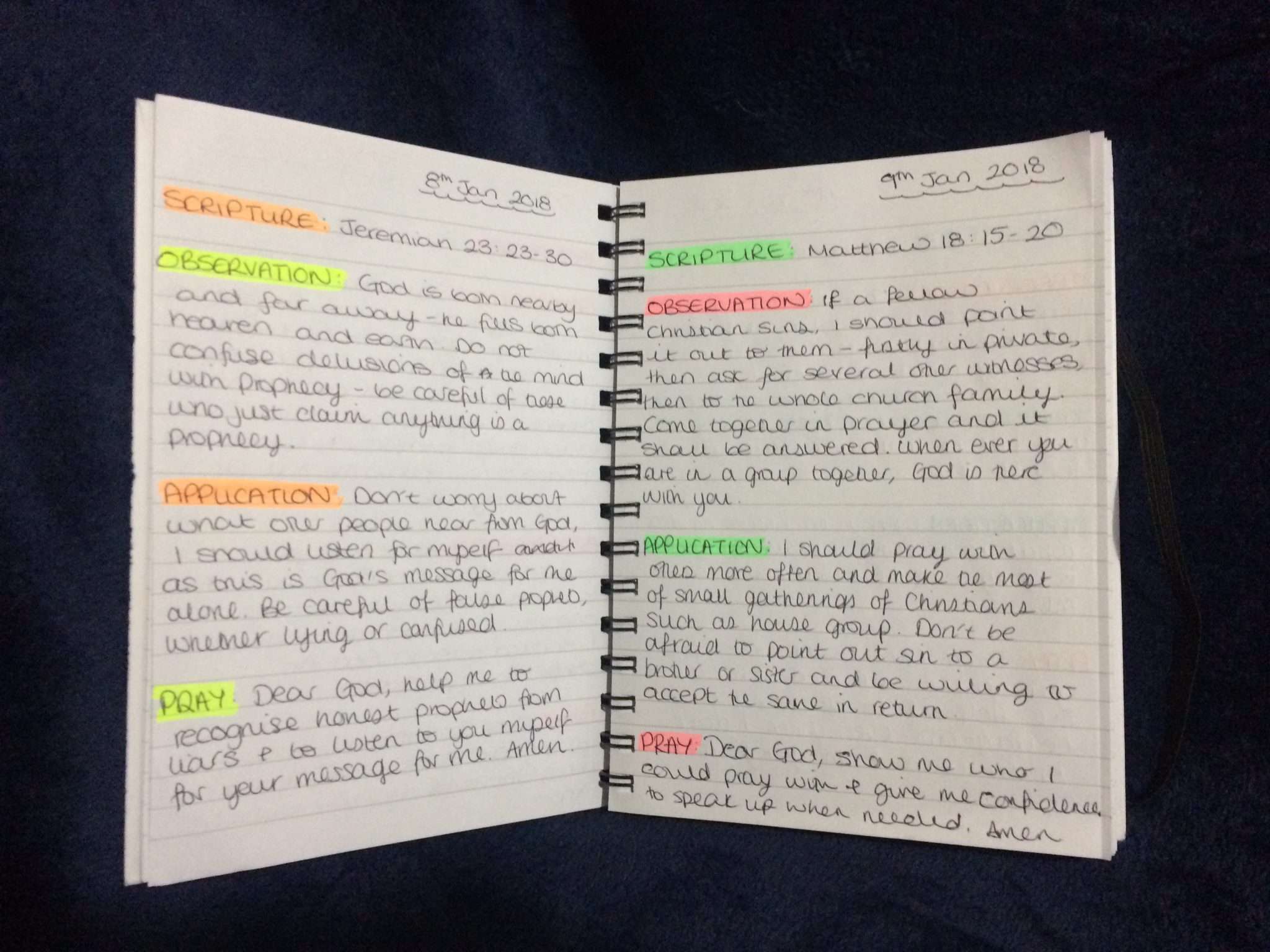Have you ever wondered what SOAP stands for in Bible study methods? If you’re looking to deepen your understanding of the Scriptures and make your devotional time more impactful, then SOAP might just be the tool you need. SOAP is an acronym that stands for Scripture, Observation, Application, and Prayer. Each step in the process helps you engage with the Word of God in a systematic and meaningful way, allowing you to grow spiritually and apply biblical truths to your everyday life.
By incorporating SOAP into your Bible study routine, you can cultivate a habit of deeper reflection and personal connection with the text. Through the structured approach of observing and applying what you read, you’ll not only gain insights into the meaning of the verses but also discover practical ways to put them into practice. Additionally, the act of prayer at the end of the process helps you to seek God’s guidance and wisdom, fostering a deeper relationship with Him. Stay tuned to learn more about how SOAP can transform your Bible study experience and enrich your spiritual journey.
Unveiling the Meaning of SOAP in Bible Study: A Comprehensive Guide
SOAP stands for Scripture, Observation, Application, and Prayer in the context of Bible study. This method is a popular and effective way for believers to delve deeper into the Word of God and apply its teachings to their daily lives.
Scripture is the first step in the SOAP method, where individuals choose a passage of Scripture to focus on for the day. This can be a verse, a chapter, or even multiple chapters, depending on personal preference. The key is to select a portion of the Bible that speaks to the heart and prompts reflection.
Next comes Observation, where readers carefully examine the chosen passage. They may look at the context, historical background, authorship, and any other relevant details that shed light on the meaning of the text. Observations can include themes, key words, repeated phrases, and connections with other parts of the Bible.
Application is the third step in the SOAP method and involves applying the insights gained from studying the Scripture to everyday life. This may involve reflecting on how the passage relates to personal experiences, challenges, relationships, or decisions. The goal is to understand how God’s Word can shape one’s thoughts, attitudes, and actions.
Lastly, Prayer is a crucial component of the SOAP method, as it allows individuals to communicate with God directly. After studying the Scripture, making observations, and considering applications, believers are encouraged to pray about what they have learned. This can include thanking God for His wisdom, seeking guidance on how to live out His Word, and asking for strength to follow through on His teachings.
By using the SOAP method in Bible study, individuals can deepen their understanding of Scripture, grow in their faith, and cultivate a closer relationship with God. This structured approach provides a framework for engaging with the Word of God in a meaningful and transformative way.
What does SOAP stand for biblically?
SOAP stands for Scripture, Observation, Application, and Prayer in a biblical context. It is a popular method used for studying and reflecting on Bible passages. Scripture refers to selecting a specific passage or verse from the Bible to focus on. Observation involves examining the text closely, considering its context, language, and intended meaning. Application encourages individuals to apply the lessons learned from the scripture to their own lives. Prayer concludes the study, allowing for reflection, thanksgiving, and seeking guidance from God.
How to study the Bible using SOAP method?
To study the Bible using the SOAP method, follow these steps:
1. Scripture: Choose a passage of the Bible to read. It could be a single verse, a few verses, or a whole chapter.
2. Observation: As you read the passage, take note of what stands out to you. This could be a particular word, phrase, or idea that captures your attention.
3. Application: Consider how the passage applies to your life. Think about what God might be saying to you through this text and how you can live out its message in your daily life.
4. Prayer: Finally, respond to the passage in prayer. You can thank God for the insights you gained, ask for help in applying them, or seek further understanding of the text.
The SOAP method is a simple yet effective way to engage with the Bible on a personal level, allowing you to deepen your understanding of Scripture and grow in your faith.
What does the SOAP acronym stand for in the church?
In the context of Bible study in the church, the SOAP acronym stands for Scripture, Observation, Application, and Prayer. This method is commonly used as a tool for studying and reflecting on passages from the Bible.
What is the SOAP method?
The SOAP method is a popular technique used by many Christians for studying and reflecting on the Bible. SOAP stands for Scripture, Observation, Application, and Prayer.
- Scripture: This involves selecting a passage or verse from the Bible to read and meditate on.
- Observation: This step requires you to reflect on what you have read and think about what it means. Consider the context of the passage, the author’s message, and any key themes or ideas.
- Application: Next, think about how the passage applies to your own life. Consider how you can use the insights gained from the Scripture in your daily activities, relationships, or decisions.
- Prayer: Finally, conclude your study by praying. You can thank God for the insights received, ask for guidance on how to apply the passage in your life, and seek His help in living out the lessons learned.
The SOAP method is a simple yet effective way to engage with God’s Word and deepen your understanding of the Bible.

